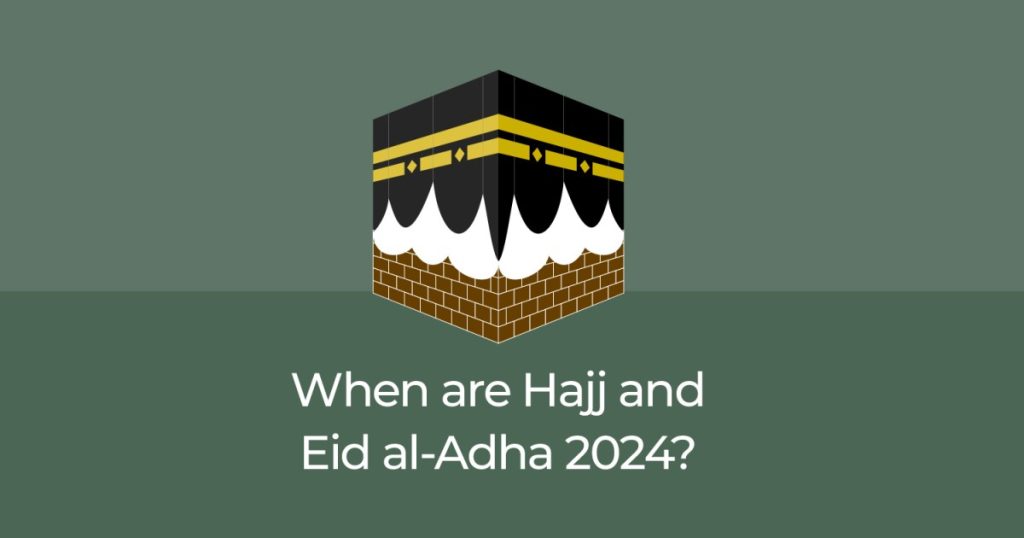Hajj, the largest annual Muslim gathering, is set to start on June 14 this year, with Eid al-Adha being celebrated on June 16. It occurs in Mecca from the eighth to the 10th of Dhul-Hijjah, the final month of the Islamic calendar. Hajj is an obligation for all able-bodied Muslims who can afford it, intended to cleanse them of sin and take them closer to God. The dates for Hajj are determined based on the moon sighting, with Eid al-Adha falling on the 10th of Dhul-Hijjah, coinciding with the third day of Hajj and lasting for three days. This year, it falls on June 16. On the first day of Eid al-Adha, Muslims who can afford it sacrifice an animal and distribute a set percentage of its meat to those less fortunate, in remembrance of the Prophet Ibrahim’s sacrifice.
Muslim pilgrims from all over the world arrive in Mecca in a purified state of ihram and set their intention to perform Hajj. This state of ihram symbolizes humility and spiritual focus, serving to unify pilgrims from diverse backgrounds. Men must wear seamless white cloth, with one piece around the waist and another over the left shoulder, leaving the right shoulder bare. Women can wear plain clothing of their choice but must adhere to hijab rules and cannot cover their faces. The Hajj re-enacts the Prophet Muhammad’s farewell pilgrimage in 632 AD, following in the footsteps of the prophets Abraham and Ismail through the desert. Hajj begins around 10 to 12 days earlier each year, and an infographic displays when it is expected to occur over the next 31 years.
In 2023, around 1.85 million Muslims performed the annual pilgrimage, with nearly 90 percent of pilgrims coming from other countries. Asian countries accounted for 57 percent of the total, contributing 1.05 million pilgrims, followed by Arab countries at 346,000 and African countries at 222,000. Male pilgrims were slightly more numerous at 52.6 percent, with females making up 47.4 percent of the total. For those unable to make the pilgrimage, a digital 360-degree VR experience offers a glimpse of what it is like to worship at Islam’s holiest site. Al Jazeera has produced a virtual tour of major landmarks in Mecca that millions of Muslims visit during Hajj, allowing viewers to experience the journey by moving their phone or dragging the video around to see Mecca from all angles.
Overall, Hajj is a significant religious event for Muslims, providing an opportunity for spiritual growth, community bonding, and remembrance of Prophet Ibrahim’s sacrifice. The pilgrimage is a once-in-a-lifetime obligation that cleanses participants of sin and brings them closer to God. Eid al-Adha, the festival of sacrifice, is celebrated during Hajj, with Muslims sacrificing an animal and sharing its meat with those less fortunate. Pilgrims come from all around the world to perform Hajj in a state of humility and reverence, donning the symbolic attire of ihram. The pilgrimage re-enacts the journey of Prophet Muhammad and other prophets, symbolizing unity and spiritual alignment for Muslims worldwide. With advancements in technology, a digital experience now allows individuals to virtually explore the holy sites of Mecca and understand the significance of Hajj from various perspectives, enhancing understanding and appreciation for this sacred event.


